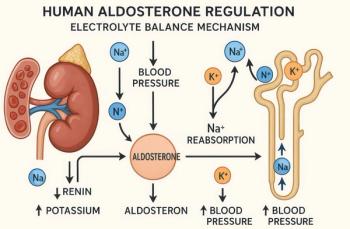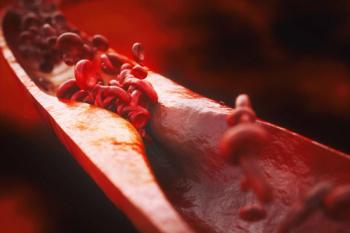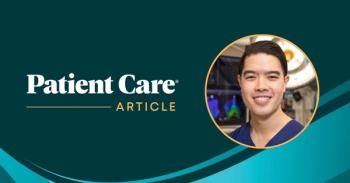
Bystander Cardiac Arrest in a Restaurant: Some Physician Reflections
Recently, my wife and I received a gift certificate for one of our favorite restaurants, and we wasted no time in using it. The food and conversation were delightful, and the meal turned out to be exciting and enlightening on many levels. A patron of the restaurant, who was celebrating his 55th wedding anniversary, sustained a witnessed, public cardiac arrest. The experience led to an analysis of my involvement in the resuscitation.
Recently, my wife and I received a gift certificate for one of our favorite restaurants, and we wasted no time in using it. The food and conversation were delightful, and the meal turned out to be exciting and enlightening on many levels. A patron of the restaurant, who was celebrating his 55th wedding anniversary, sustained a witnessed, public cardiac arrest. The experience led to an analysis of my involvement in the resuscitation.
The unfortunate man's arrest summoned at least 5 trained persons to institute aggressive and timely cardiopulmonary resuscitation (CPR). We were told that the restaurant had a defibrillator, but until the emergency medicine personnel (EMP) arrived 20 minutes later, no such machine materialized. A pulse was generated by the compressions; however, there was no circulation or respiration without our efforts. Timely electrical shock by the EMP was unsuccessful in converting the man's ventricular fibrillation to anything more than short-lived QRS complexes. Despite the fact that I was the only physician present, when I identified myself, defined the electrical activity, and politely suggested a blood pressure reading, I was rebuffed rudely by the EMP and told "to move."
WOULD BYSTANDER DEFIBRILLATION HAVE MADE A DIFFERENCE?
A recent study1 may serve as a critique of the initial efforts expended on this elderly man, who unfortunately was pronounced dead shortly thereafter. The paper evaluated 12,930 out-of-hospital arrests (2042 occurring in public as my experience did and 9564 at home). An interesting and therapeutically critical difference was uncovered. Public cardiac arrests were characterized by a 38% incidence of ventricular tachycardia (VT) or pulseless electrical activity (PEA) when the events were witnessed by EMP (the home arrest incidence of these 2 rhythms was 25% under the same circumstances). VT or PEA occurred 60% of the time when a public arrest was witnessed by a bystander (compared with 35% for home arrests). Finally, the numbers for VT and PEA were 79% public versus 36% home when arrests were not only witnessed by bystanders, but they were able to apply an automated external defibrillator (AED).
My personal quality debriefing led to an inescapable fact: the presence of an AED may have led to a better outcome. In fact, the editorialist for this paper observed that improvements in resuscitation have been driven more by the prompt availability of AEDs than by CPR.2
PATIENT SAFETY REQUIRES TEAMWORK
The other unsettling aspect of my experience was the lack of civility demonstrated by the EMP. A review of the literature reveals a paucity of data regarding collegial physician-EMP interactions recently, but the issue should be revisited. Patient safety requires teamwork rather than insulated silos that ignore a variety of talents each healthcare profession brings to the table (sorry for the pun). Recent evidence has documented that bystander-initiated CPR outside the hospital specifically directed by physicians had the best outcomes, including recovery of cerebral function.3
References:
REFERENCES:
1.
Weisfeldt ML, Everson-Stewart S, Sitlani C, et al. Ventricular Tachyarrhythmias after cardiac arrest in public versus at home.
N Engl J Med
. 2011;364:313-321.
2.
Bardy GH. A critic’s assessment of our approach to cardiac arrest.
N Engl J Med
. 2011;364:374-375.
3.
Yasunaga H, Horiguchi YH, Tanabe S, et al. Collaborative effects of bystander-initiated cardiopulmonary resuscitation and prehospital advanced cardiac life support by physicians on survival of out-of-hospital cardiac arrest: a nationwide population-based observational study.
Crit Care.
2020;14:R199 (e pub ahead of print).
Newsletter
Enhance your clinical practice with the Patient Care newsletter, offering the latest evidence-based guidelines, diagnostic insights, and treatment strategies for primary care physicians.

















































































































































































































































































